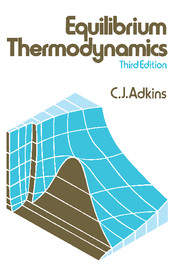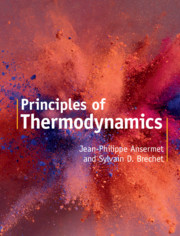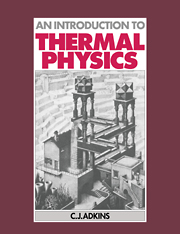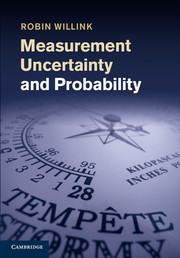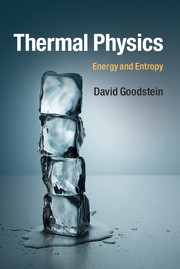Equilibrium Thermodynamics
Equilibrium Thermodynamics gives a comprehensive but concise course in the fundamentals of classical thermodynamics. Although the subject is essentially classical in nature, illustrative material is drawn widely from modern physics and free use is made of microscopic ideas to illuminate it. The overriding objective in writing the book was to achieve a clear exposition: to give an account of the subject that it both stimulating and easy to learn from. Classical thermodynamics has such wide application that it can be taught in many ways. The terms of reference for Equilibrium Thermodynamics are primarily those of the undergraduate physicist; but it is also suitable for courses in chemistry, engineering, materials science etc. The subject is usually taught in the first or second year of an undergraduate course, but the book takes the student to degree standard (and beyond). Prerequisites are elementary or school-level thermal physics.
Product details
July 1983Paperback
9780521274562
300 pages
229 × 152 × 17 mm
0.44kg
Available
Table of Contents
- Preface
- 1. Introduction
- 2. The zeroth law
- 3. The first law
- 4. The second law
- 5. Entropy
- 6. The Carathéodory formulation of the second law
- 7. Thermodynamic potentials
- 8. Applications to simple systems
- 9. Applications to some irreversible changes
- 10. Change of phase
- 11. Systems of several components
- 12. The third law
- Appendix
- Useful data
- Problems
- References
- Index.

